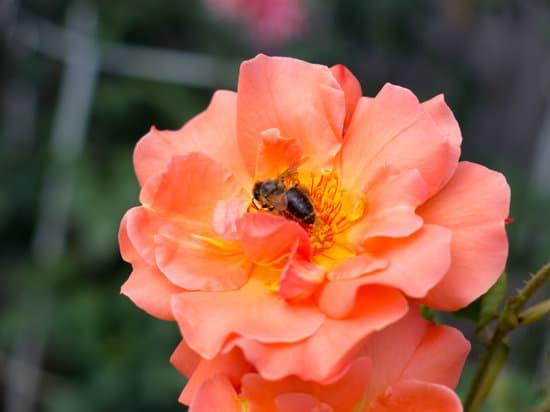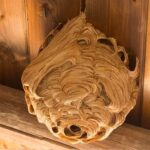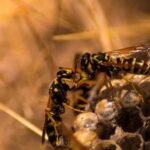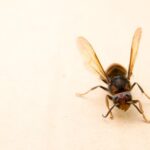Wasp Stings
Getting stung by a wasp can be quite a painful experience. It can cause muscle weakness and pupil dilation. A severe reaction can result in nausea, vomiting, trouble breathing and anaphylactic shock.
The average length of a wasp stinger is 2.67 +- 0.38 mm. It has a bulb-like base with an apical tapered tip. It is stored in a sheath. The venom is stored in a venom sack at the lower abdomen. The venom then enters the body through an orifice.
Wasp stingers are similar to those of bees. They contain a venom sac attached to a barbed stinger. They also have a hollow shaft, which makes them lightweight.
Wasp venom contains pheromone, which attracts other wasps. The venom contains proteins that perforate cell walls, dissolve cement holding body cells together, and liberate tiny tissue debris. The venom also acts as an enzyme.
A normal reaction to a wasp sting begins with intense itching. The itchiness subsides after a few hours. Other symptoms include swelling, redness, and pain. The general reaction continues with blistering.
If you are allergic to wasp stings, it is important to seek medical treatment right away. Some people experience a mild reaction with only local symptoms. Other people have a life-threatening reaction.
The venom of some wasps is more toxic than others. The Asian giant hornet carries less toxic venom.
A wasp’s sting is not as painful as bee stings, but it can still cause symptoms. The symptoms include a welt with a small red mark, a red, swollen patch on the skin, and pain. The pain can be reduced by applying a cold pack. You can also apply colloidal oatmeal or calamine lotion.








